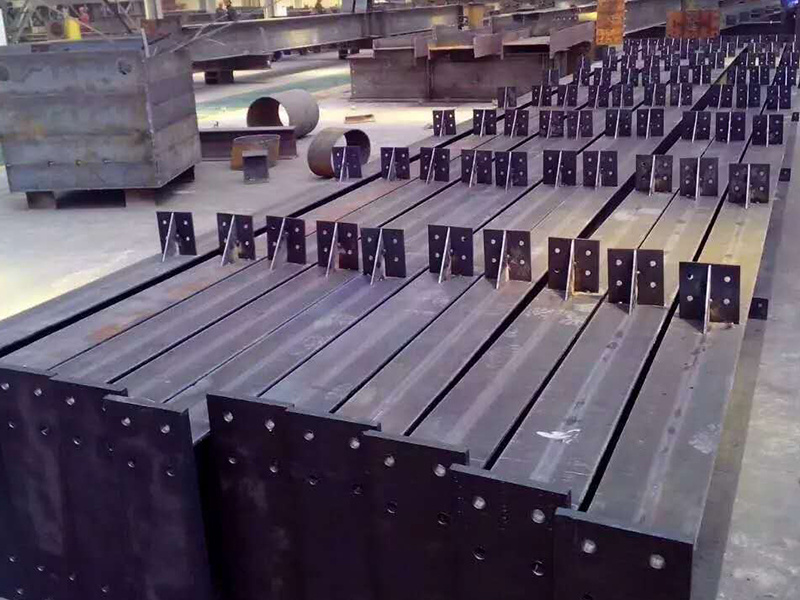The Essentials of Steel Structure Manufacturing: A Comprehensive Guide for Professionals
Release time:
2025-03-27
Steel structure manufacturing plays a pivotal role in the construction and architectural sectors, offering unmatched strength, durability, and flexibility in design. As professionals in the building materials industry, understanding the intricacies of this process can significantly enhance project outcomes and operational efficiency. The manufacturing of steel structures typically involves several

The manufacturing of steel structures typically involves several key stages, starting from the design phase. Engineers and architects collaborate to create detailed blueprints that dictate the specifications of the steel components. These designs must consider factors such as load-bearing capacity, resistance to environmental stressors, and compliance with safety standards. Advanced software tools like Building Information Modeling (BIM) are increasingly utilized to optimize these designs, allowing for precise visualization and analysis.
Once the design is finalized, the next step in steel structure manufacturing is the selection of raw materials. High-quality steel is crucial for ensuring the longevity and reliability of the final product. Structural steel is often categorized based on its composition and yield strength, which determine its suitability for various applications. Manufacturers source steel from reputable suppliers to guarantee compliance with industry standards and regulations.
The actual manufacturing process begins with the cutting and shaping of steel plates, beams, and columns according to the specifications outlined in the design. This is typically achieved using methods such as plasma cutting, laser cutting, or water jet cutting. Following this, the components undergo processes such as welding, bolting, or riveting to assemble them into the desired structural framework.
Quality control is another critical aspect of steel structure manufacturing. Rigorous testing and inspections are conducted at various stages to ensure that the components meet the required standards for strength and durability. This includes tests for weld integrity, coating adhesion, and overall structural integrity. Manufacturers often employ advanced techniques such as non-destructive testing (NDT) to identify any potential flaws without compromising the material.
Moreover, sustainability is becoming an increasingly important consideration in the steel structure manufacturing process. Many manufacturers are now adopting eco-friendly practices, such as recycling scrap steel and using energy-efficient machinery. This not only reduces the environmental impact but can also result in cost savings for both manufacturers and clients.
In conclusion, steel structure manufacturing is a complex but vital process in the construction industry. By understanding the various stages involved—from design and material selection to production and quality control—professionals can make informed decisions that lead to successful projects. Embracing innovation and sustainability in this field will not only enhance the quality of the structures produced but also contribute to a more sustainable future in construction.
Tag:
Related News


Can't find the service you're looking for? Contact us!
To inquire about our products, please leave your email to us and we will contact you within 24 hours.
Contact Us
Telephone:+86 15522531711
Landline:086 22-86220000
E-mail:18133150209@139.com
Address: Three Communities of Agricultural Corporation of Lutai Economic Development Zone, Tangshan City,China




